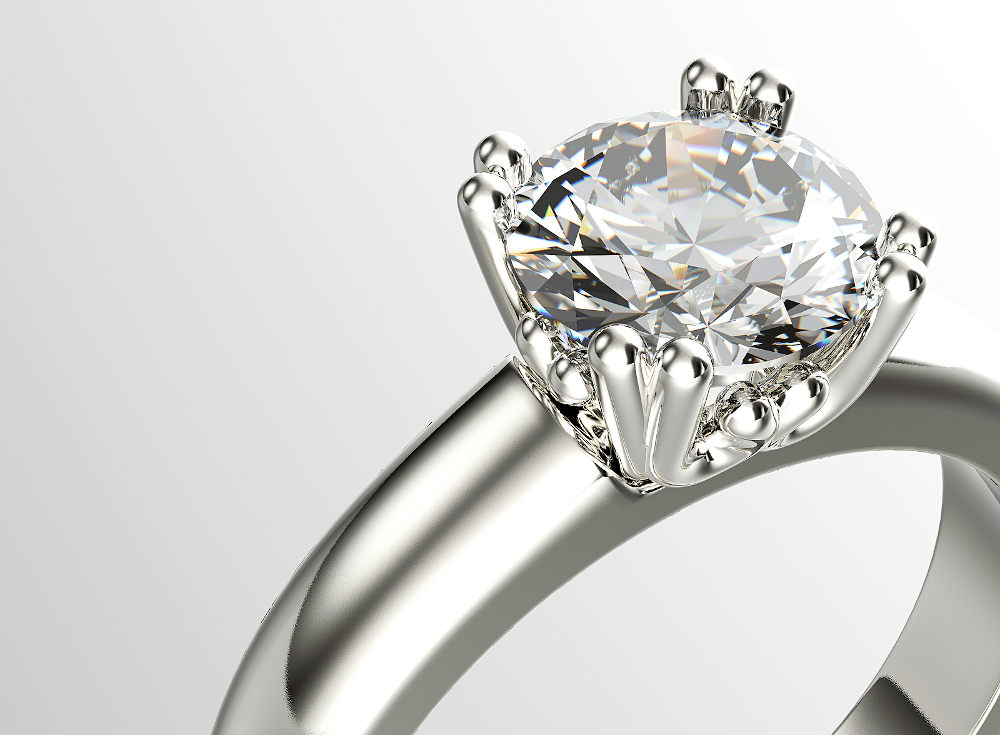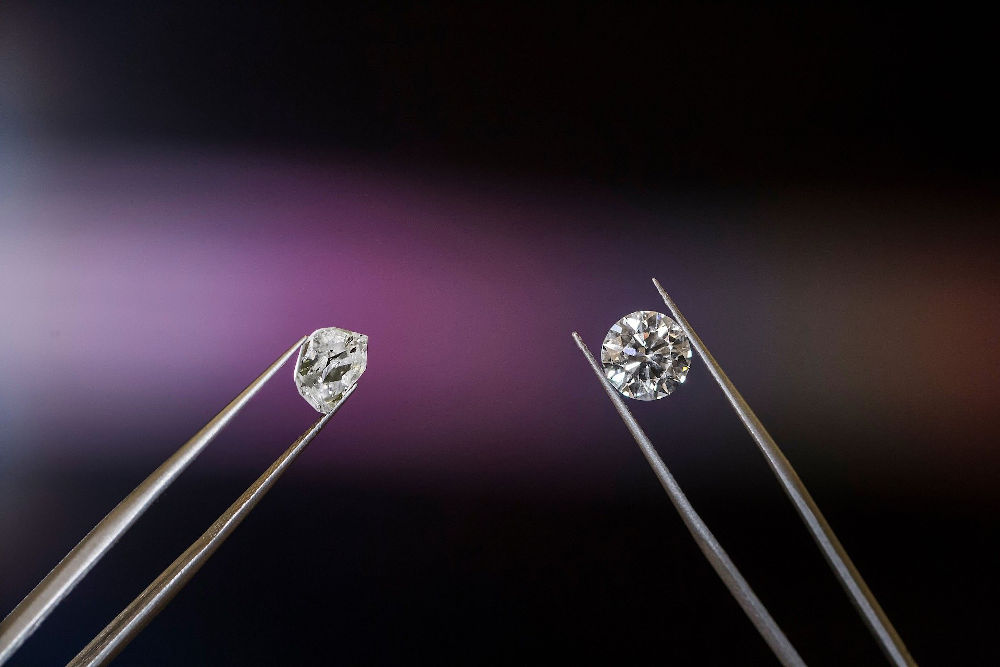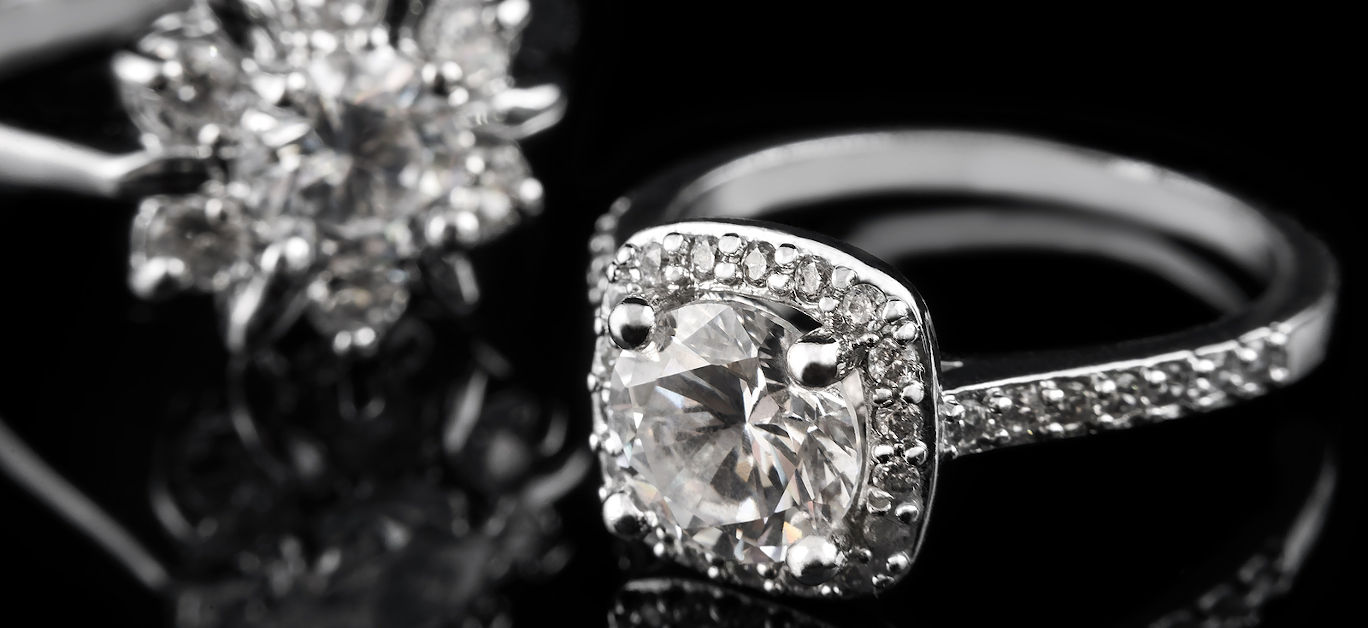If you are one of those with a love of a sparkling rock or two, diamonds might very well just be a best friend of yours, but are you bothered as to where it came from if it has all the properties of a mined gemstone?
Lab grown diamonds have certainly grown in popularity in recent years and despite being made in laboratories rather than mines, they are around 30% to 40% less costly, with even the most expert gemologists unable to tell the difference.
“The popularity of lab grown diamonds have exploded in recent years,” explains Mitch Perry of Hatton Garden Diamond. “Physically and chemically, they look exactly the same as regular diamonds, but are far more economic and certainly attractive for young buyers who are looking for their money to go further.”

Lab grown diamonds emerged on the diamond scene a few years ago and they are made by taking remnants of existing diamonds and then treating them at high pressure and high temperature to form a synthetic diamond. They look and feel exactly the same as regular diamonds, which are minerals composed of pure carbon.
From an ecological standpoint and an ethical one, diamonds grown in labs are superior with each carat of mined diamond disturbing 100sq ft of land and 2.7 tonnes of natural waste being created. Also, there are said to be one in 1000 injuries among miners who work to uncover diamonds, while there are none in a lab.
Perry adds: “People are now a lot more consciously aware of what they buy and where their products are sourced from. The media and films like Blood Diamond raised a lot of awareness about the diamond trade and trouble that comes from cultivating diamonds from war-torn countries.
“Although Hatton Garden only deals with ethical diamonds, consumers have peace of mind knowing that a lab grown diamond been made in a lab in the UK or US (the market leaders) – and not mined by labourers through coercion or slavery.”

Lab grown diamonds can be used for all kinds of jewellery including engagement rings, bracelets, necklaces and pendants, but whether they will keep their value is yet to be seen. “It is still very early days for lab grown or synthetic diamonds,” explains Perry. “Right now, we don’t know if they will keep their value in the same way as a regular diamond that was mined and originates from South Africa, Australia or Canada. However, by having real traces of diamond in it, it is still valuable, and you should insure it like you would do any other piece of jewellery.”
So, when it comes to deciding before you buy if lab grown diamonds are still ‘real’ diamonds (sellers will argue that they are), it’s a good idea to do as much research as possible and decide what the right fit for you is. There are plenty of arguments for the lab grown version, but you certainly won’t want to look at spending too much unless you can be sure that the jewellery you buy will still be as worthy in years to come.
Having said that, with the ethical questions that arise with mined versions, you may be very comfortable with your decision with a lab grown version. Ultimately the decision will be yours, but you can be sure that a reputable seller will be stringent when sourcing their mined versions either way.






















